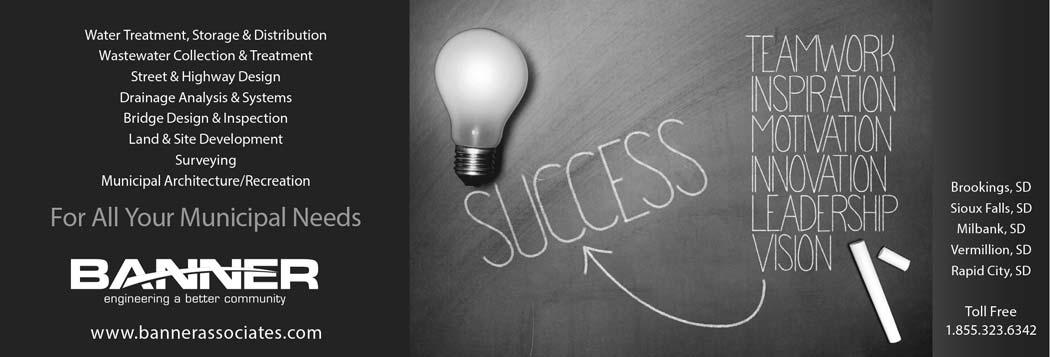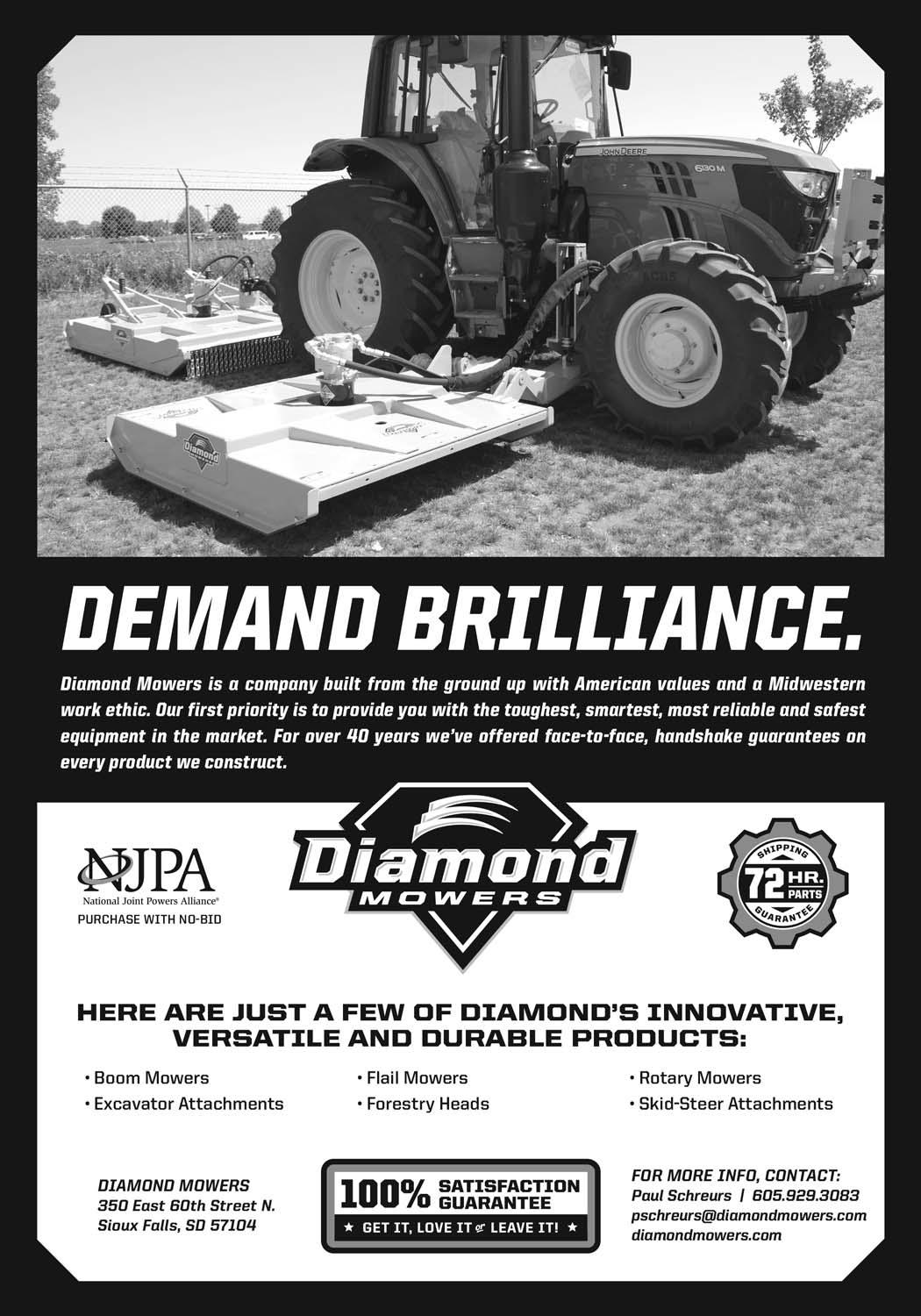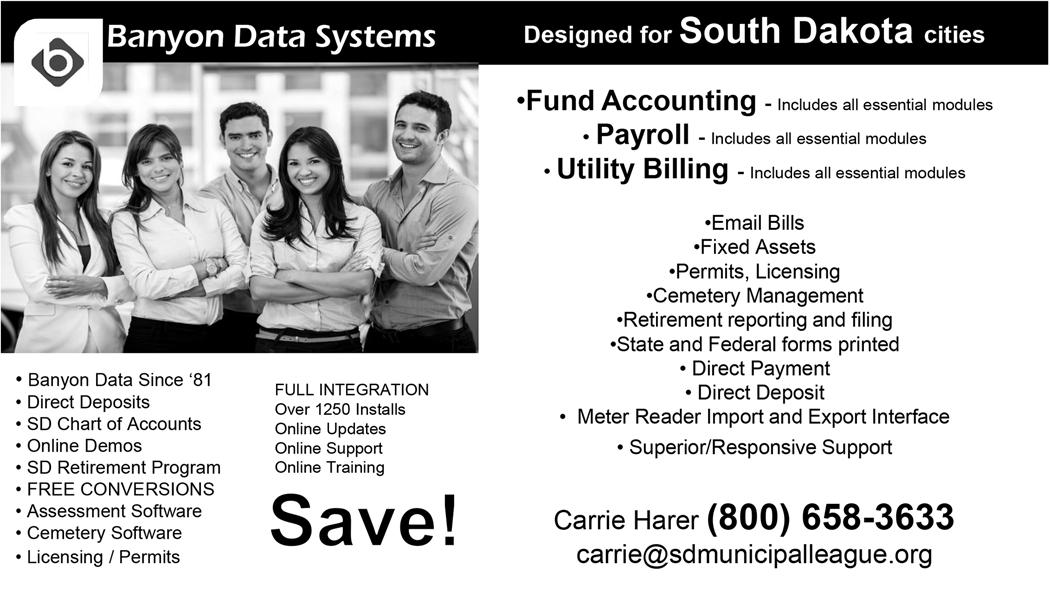
7 minute read
New Laws Make Changes to SDRS
By Rob Wiley, Executive Director South Dakota Retirement System
After recent conversations, I thought it may be helpful to provide some additional input regarding the SDRS legislation passed during the 2017 Legislative Session. We have heard from municipalities, school districts and other employers relating to the changes in the definition of compensation and final average compensation for purposes of the South Dakota Retirement System. As a response to those concerns, I offer this short explanation.
Advertisement
SDRS recognized that some employers were interpreting the compensation statute differently. The 2017 legislation related to compensation was designed to clarify and reinforce what the SDRS Board of Trustees has always considered the intent of the law.
For example: • The phrase in South Dakota Codified Law 3-1247.6, “payments for insurance coverage of any kind or any other employee benefit by an employer on behalf of an employee or an employee and dependents”, has always been considered to include payments in lieu of insurance coverage, or in lieu of any other benefit. • Likewise, “any amount paid in a one-time lump sum payment or over a period of time and based on or attributable to retirement or an agreement to retire in the future” includes additional compensation in lieu of a retirement incentive payment and/or unrelated to position or workload changes paid near or at the end of an employee’s career. These amounts are therefore attributable to retirement and excluded from compensation for SDRS purposes.
As noted, since the passage of this legislation, SDRS has been receiving calls from employers that have been making contributions that are contrary to the definition of compensation for SDRS purposes. SDRS is helping employers comply with the law. Any employer having questions is encouraged to contact SDRS. Penalties for non-compliance were included in the law and SDRS has implemented new audit procedures to identify noncompliance. However, we do not expect to pursue any penalties for employers that self-report during the coming months. Our focus is on accurate and correct reporting and assisting in any payroll corrections that may be required.
It is essential that all SDRS employers meet the requirements of the law so a consistent and equitable benefit can be provided.
Holding a Conference for Entrepreneurial Resource Providers in Local Businesses - Why Didn’t I Think of That?
By: Kari O’Neill & Paul Thares
Members of the SDSU Community Vitality Team spent two days in April attending a “Connecting Entrepreneurial Communities” Conference in McCook, Nebraska. The conference, hosted by University of Nebraska Extension, offered an interesting venue twist: conference sessions were held in main street businesses. First tried by Michigan State University with success, McCook replicated the innovative idea.
Shop owners and managers shared their entrepreneurial journeys, while resource providers like Extension, Small Business Development, and Economic Development discussed tools to assist entrepreneurs. The combination was powerful, with both groups learning from each other.
The team attended sessions such as: Rural Grocery Stores - More than Groceries; Learning. Building. Growing YEBO (Youth Entrepreneurship & Business Opportunities), Measuring Readiness in Communities, and Is Your Community Prepared for Entrepreneurs? Kari and Peggy presented sessions on the SDSU Entrepreneurial Support DDN Conference, Small Business Beginnings, and Marketing Hometown America. The opportunity to network with colleagues, McCook business owners, and Economic and Community Development staff yielded rich conversations.
During the evening conference attendees met at the Bieroc Café for a reception and networking dinner with entertainment. The Bieroc Cafe is interesting because the building also houses the Sehnert’s Bakery and Tied House; between these three businesses you can get great food, all types of beverages, and live music. Conference participants listened to five talented local high school students perform. https://sehnerts.com/ is worth a stop in McCook.
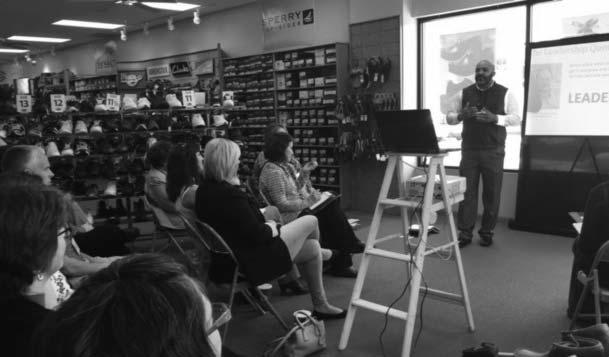
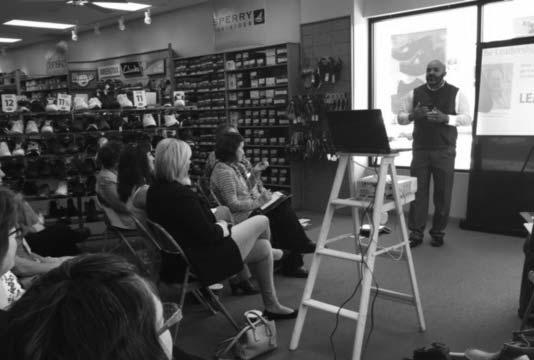
Del Gines presenting on Developing Entrepreneurial Leaderships at Brown’s Shoe Store. Jim Crandall presenting; Rural Grocery Stores - More Than Groceries - in the Art Guild Building.
Two of the high school students who entertained the group at Bieroc Cafe.
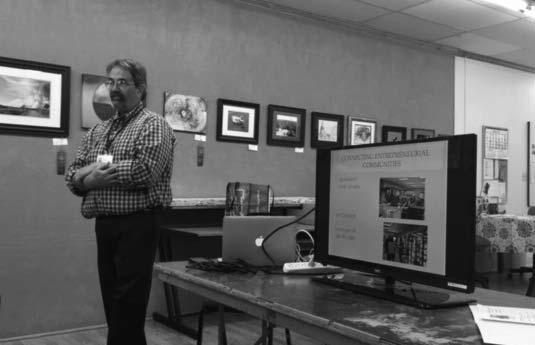

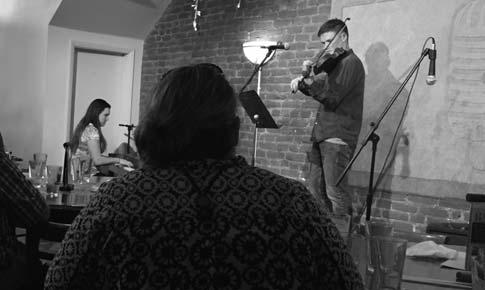
In addition to attending a variety of conference sessions we also to listened to keynote speaker, Dell Gines, Federal Reserve Bank of Kansas City, Omaha. Dell spoke about how to develop place, people and community. He shared how we need to care about all communities and need to demand better strategies. Local development research in the 1970’s showed incentives are not the best way to do economic development work in most communities, however, every decade incentive giving continues. For small rural communities incentive giving does not work. Rural communities suffer from lack of self-depreciation. Dell reminded us...what one community can do...another can do... communities need to share their stories. Small communities need to cultivate the sense of resiliency. Dell ended on the note of starting with the powerful question of “how do we?” McCook’s size of 7800 people made it a good mid-sized fit, and it was exciting to see the business ideas that were possible there. Good connections were made, conference attendees came from Kansas, Michigan, Minnesota, Nebraska and South Dakota and similar conferences will likely happen again. Maybe in South Dakota?!
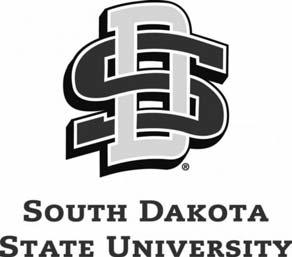
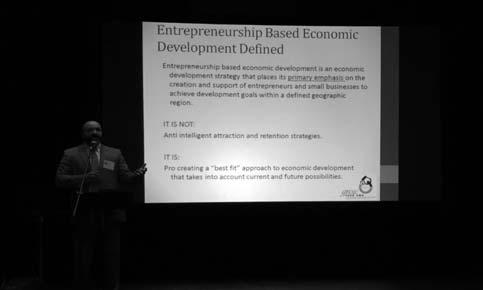
For more help or information about this article, contact Kari O’Neill, Community Vitality Field Specialist at the SDSU Extension Martin Office (605) 685-6972 or Paul Thares, Community Vitality Field Specialist, at the Lemmon Regional Center 605-374-4177 or kari.oneill@sdstate.edu or paul.thares@sdstate.edu.





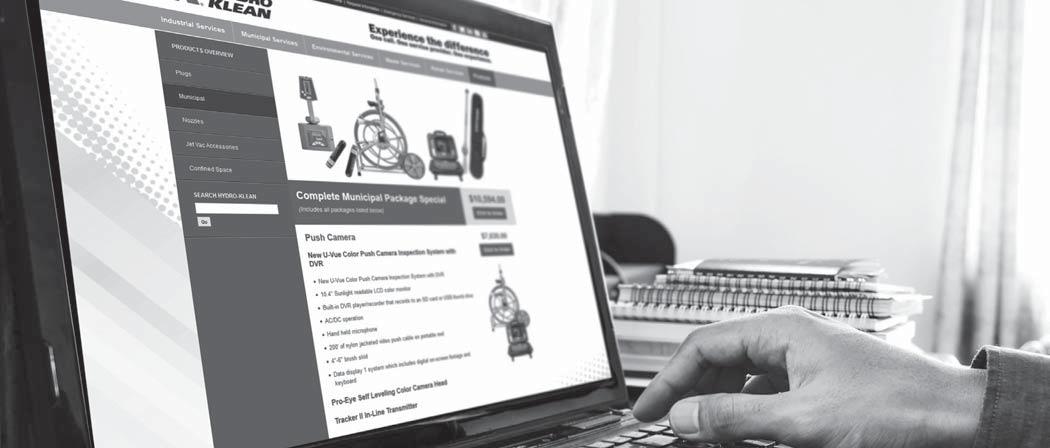




The South Dakota Transportation Commission awarded 53 Bridge Improvement Grants (BIG) for a total of approximately $9 million at their monthly meeting on April 27, 2017. The grant funding includes 17 bridge preservation projects totaling $2.681 million, seven bridge replacement/rehabilitation projects totaling $4.705 million and 29 preliminary engineering grants totaling $0.872 million. The balance of the $9 million (above) will be used for Construction Engineering costs.
Preservation grant recipients are: Brookings County, Campbell County, Codington County, Gregory County, Perkins County, Watertown, Yankton County, and Ziebach County. Bridge Replacement/Rehabilitation grant recipients are: Beadle County, Brookings County, Brown County, Davison County, Meade County and Union County. Preliminary Engineering grant recipients are: Aurora County, Beadle County, Butte County, Clark County, Day County, Deuel County, Hughes County, Hutchinson County, Jackson County, Jearuld County, Lawrence County, Lyman County, Marshall County, Miner County, Minnehaha County, Sanborn County, Spink County, Turner County, Union County and Watertown.
Grant funds are limited to a maximum of $4 million per entity over a three year period to ensure the funds are shared among as many local governments as possible. The local governments are required to pay a minimum of 20 percent matching funds and have three years to expend the grant. One hundred and ten applications totaling $20.55 million were received by the South Dakota Department of Transpiration (SDDOT). Nine cities submitted 11 applications and 39 counties submitted a total of 99 applications.
The BIG program was created in 2015 by Senate Bill 1. SB 1 and set aside $7 million per year from funds generated by license plate fees to be used to repair and replace the aging local government bridges. The SDDOT added an additional $2 million this year, making $9 million available. These grants are in addition to the $6 million in federal highway funding that SDDOT provides for local bridge projects for each of the years, 2017 and 2018.
The grants are divided into three categories: preliminary engineering, preservation and replacement. • Preservation work is done to help extend the life of the structure. Project types include bridge deck overlays, railing repairs, adding riprap for scour protection, repairing backwalls, etc. • Bridge replacement projects are more expensive and these projects are ranked using a point system. Structure condition, detour route length, traffic counts, economic development factors, amount of wheel tax and additional financial commitment are aspects used to rank the projects. • The preliminary engineering grants included funding for survey, hydraulic analysis and structure sizing. This project work will ensure the grant requests for replacement funds will be more accurate. After this phase is completed, some counties and cities may choose to construct the bridges on their own, without grant funding.
For more information regarding the BIG program, contact Doug Kinniburgh at 605-773-4284.
